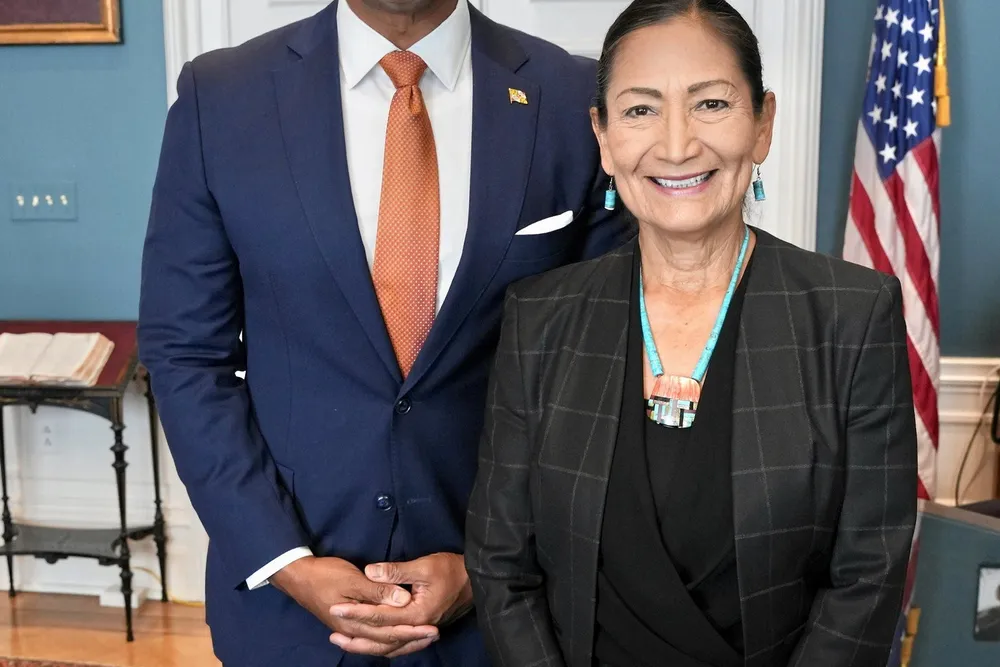US offshore wind leasing returns to Central Atlantic heartland with Wednesday auction
Shallow water areas holding at least 6.3GW near coastal load centres expected to drive pricing, but uncertainty over Virginia’s monopoly market could be a drag

US offshore wind leasing returns to its East Coast heartland with the Central Atlantic round on Wednesday, where limited shallow water acreage adjacent to high load centres are expected to drive prices skywards in the most anticipated auction since 2022’s record-setting New York Bight.
Seventeen bidders have qualified for the round, including most of the heavyweights with substantial capacity already under development in the US, such as Copenhagen Infrastructure Partners, Equinor, Invenergy, and Shell.
“Based on the amount of interest that we've seen in anticipation for this auction and the number of qualified bidders, we're expecting both of the WEAs to receive decent bids and for there to be a good amount of activity over the next couple of days,” said Julia Pendleton, managing director for industry advocacy group Southeastern Wind Coalition.
Maryland is expected to be the primary driver of demand, with industry supporter governor Wes Moore, a Democrat, signing legislation last year requiring the state to contract 8.5GW of capacity by 2031, among the most ambitious mandates in the nation.
Virginia, home to the nation’s largest array, the 2.6GW Coastal Virginia Offshore Wind (CVOW), mandates 5.2GW by 2035, while Delaware's legislature is considering a target of 1.2GW, are likewise drivers.
“States are turning to offshore wind as a critical piece of their clean energy strategy and game-changing economic development tool,” said Sam Salustro, vice president of strategic communications at industry group Oceantic Network.
“Already in the Central Atlantic, states have set targets for 21GW of offshore wind generation – a number that will only increase as Virginia’s energy demands grow, states like Delaware enter the market and other states work towards their own clean energy goals.”
Central Atlantic area A-2 covers 101,443 acres and is located 30 miles (48 km) from Delaware Bay separating Delaware from New Jersey. Area C-1 encompasses 176,505 acres about 40 miles from the mouth of Chesapeake Bay off Virginia.
These WEAs are among the last in the US Atlantic in waters shallow enough for fixed bottom foundations, “burnishing the attractiveness of remaining shallow water acreage,” said Danish offshore wind intelligence firm Aegir Insights.
Virginia risk
While demand is expected to be high, Virginia’s tightly regulated market may have a dampening effect, particularly on C-1 WEA near Chesapeake Bay.
Unlike the deregulated markets farther north, Virginia gives near-monopoly market control to vertically integrated utility Dominion Energy, which is developing CVOW as a traditional energy project with guaranteed returns on investment.
If Dominion wins acreage in C-1, that will give it a “trifecta of wind energy areas off our coast [and] gets us above Virginia's offshore wind goal,” observed Pendleton.
If another developer wins, they would be put in the same position as Avangrid with Kitty Hawk.
Discussions around opening offshore wind to competitive bids have been tabled for now by the Virginia legislature, but Pendleton said a win in the round by any other developer besides Dominion would likely restart them.
“The Virginia model for regulated offshore wind development is working well, providing exceptional value for our customers and would be the model we intend to pursue for any future offshore wind development,” said Dominion Energy spokesman Jeremy Slayton.